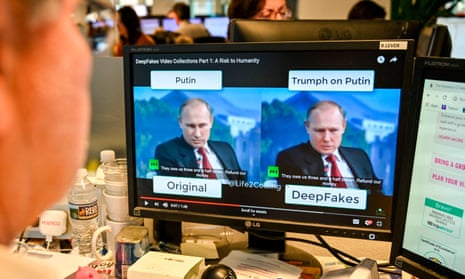“Have you seen Barack Obama call Donald Trump a ‘complete dipshit’, or Mark Zuckerberg brag about having ‘total control of billions of people’s stolen data’?” your briefing on deepfakes asks (Journal, 13 January). Yet these examples show that the concept of “fake” is deeply flawed. For the statements are true, though in fact not made by the purported utterer, and we know that any such statements are always “difficult”, and are artifice of some sort. On any level other than the superficial, deepfakes are deeply problematical. It’s the same with, say, a portrait. If I show a picture of a worm, titled “Portrait of a PM”, you wouldn’t say “That’s not a portrait of a PM”. And we don’t just say “There is Trump saying something”, but rather process it on a number of levels. Perhaps we need a painting subtitled “Ceci n’est pas un deepfake”. What would it be “of”?
Brian Smith
Berlin, Germany
Join the debate – email guardian.letters@theguardian.com
Read more Guardian letters – click here to visit gu.com/letters
